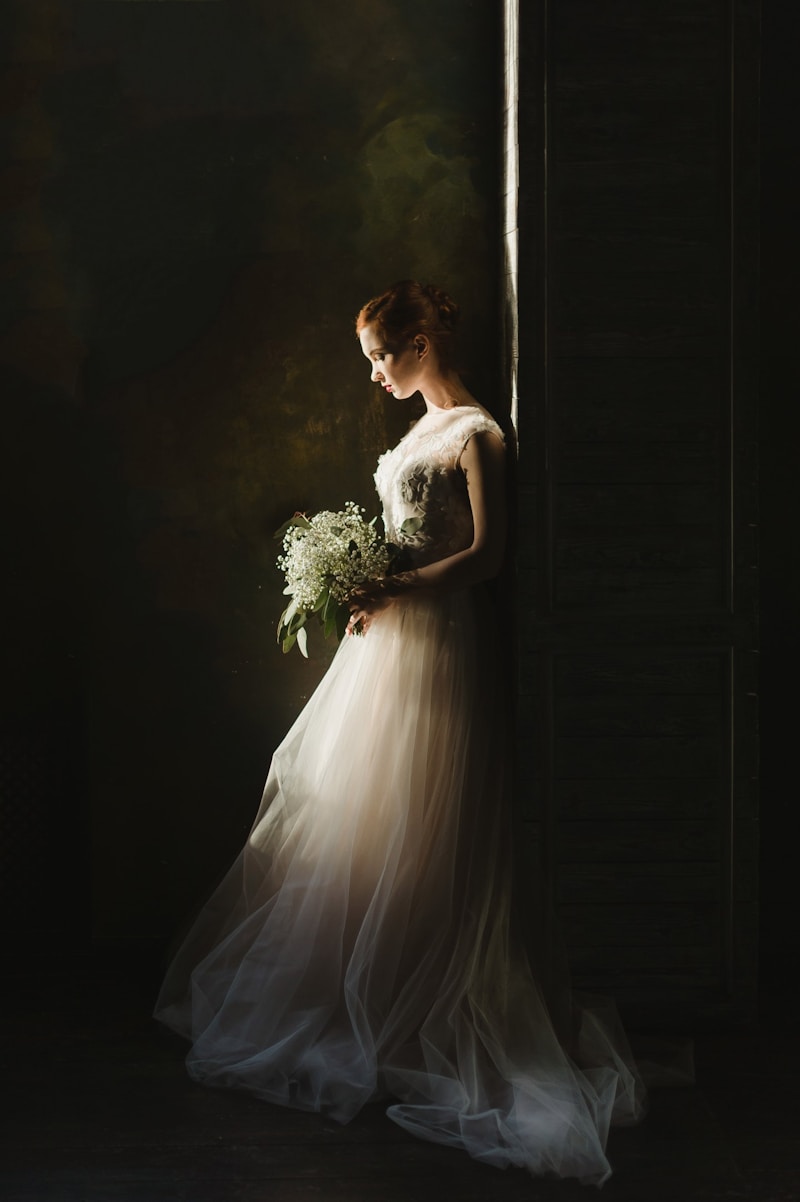Mastering Veil Photography: Essential Tips for Stunning Wedding Shots
When it comes to capturing the magic of weddings, veil photography holds a special allure. The delicate fabric not only enhances the beauty of bridal portraits but also adds a layer of romance and mystery. In this article, we will dive deep into the essential veil photography tips that will help you create breathtaking images, leveraging both technique and creativity. Whether you're a professional photographer or a wedding enthusiast, these tips will elevate your work to new heights.
Understanding the Importance of Veil Photography
The veil is more than just an accessory; it symbolizes purity, tradition, and elegance. Its flowing nature offers unlimited creative opportunities to capture unique angles and perspectives. Here are some reasons why veil photography is critical:
- Symbolism: The veil represents significant meanings across different cultures.
- Aesthetics: A well-captured veil can add dimension to your photographs.
- Emotion: The interplay of fabric and light often evokes feelings of joy and nostalgia.
Essential Gear for Veil Photography
Having the right equipment can make a significant difference in the quality of your images. Below is a list of essential gear to consider:
| Camera: | DSLR or mirrorless is preferred for flexibility and quality. |
| Lenses: | A 50mm f/1.8 or an 85mm f/1.4 lens works best for portraits. |
| Tripod: | Provides stability for low-light situations. |
| External Flash: | Useful for creatively lighting the veil in low-light environments. |
| Editing Software: | Adobe Lightroom or Photoshop for post-processing adjustments. |
Preparing for the Shoot
Communicating with the Bride
A successful veil photography session starts with effective communication with the bride. Discuss her vision, preferences, and any specific poses she might have in mind. This collaboration ensures that the photos align with her expectations.
Choosing the Right Location
Selecting an appropriate backdrop for your shoot is crucial. Natural light can enhance the beauty of the veil. Look for locations such as:
- Open fields during golden hour
- Beautiful gardens with abundant greenery
- Elegant indoor settings with ample light

Techniques for Captivating Veil Photos
Utilizing Natural Light
Natural light plays a critical role in veil photography. Shoot during the golden hour—the hour after sunrise or before sunset—to capture soft, diffused light that enhances the veil's ethereal quality. Scattering light through the veil can create stunning and memorable images. Remember to adjust your camera settings accordingly, opting for a lower ISO and a wider aperture to achieve that dreamlike quality.
Capturing Movement
The veil is meant to flow and move, so consider incorporating motion into your shots. Here are some methods to capture dynamic veil images:
- Action Poses: Encourage the bride to twirl or sway gently, allowing the veil to billow.
- Breezy Settings: Take advantage of windy conditions for dramatic shots that showcase the veil's movement.
- Incorporate the Groom: Capture candid moments between the couple where the veil is in motion; this adds authenticity and emotion.
Creative Composition Ideas
Layering with Foreground Elements
Incorporating foreground elements can make your veil shots more engaging. For instance, framing the bride with flowers or leaves can add depth to your images. Experiment with various focal lengths to achieve unique perspectives.
Close-Up Shots
Don’t forget to take close-up shots of the veil itself. Capture the intricate details—like lace, beads, or embroidery—that can highlight the craftsmanship of the veil. These details tell the story of the bride's personal style and choices.
Post-Processing Tips
Editing is a vital part of the photography process. Utilize post-processing to enhance your veil photographs. Here are some tips:
- Color Correction: Ensure that the colors are true to life while maintaining the romantic vibe.
- Softening Filters: Use these to create a dreamy look that complements the veil’s elegance.
- Contrast and Clarity: Adjust these settings to make the details pop without losing the soft aesthetic.
Common Mistakes to Avoid
Even seasoned photographers can make mistakes. Here are common pitfalls to avoid in veil photography:
- Poor Lighting Choices: Avoid harsh midday sunlight that can create unflattering shadows.
- Ignoring Details: Ensure that the veil is clean and untangled before taking photos.
- Overcomplicating Shots: Sometimes less is more. Focus on the bride and the veil without distractions.
Final Thoughts and Recommendations
Veil photography is an exquisite art that requires a blend of technical skills and artistic vision. By utilizing the tips outlined in this article, you’ll be well-equipped to capture stunning wedding photography that reflects the beauty and emotion of the day. Remember to communicate openly with the bride, prepare adequately, and embrace creativity during the shoot. Also, always keep in mind the importance of post-processing in achieving that perfect final image.
In summary: The veil is not just an accessory; it's a vital element that can significantly enhance wedding photographs. By focusing on light, movement, composition, and careful editing, you can create images that will be cherished for years to come. Utilize these veil photography tips, and watch your skills soar!